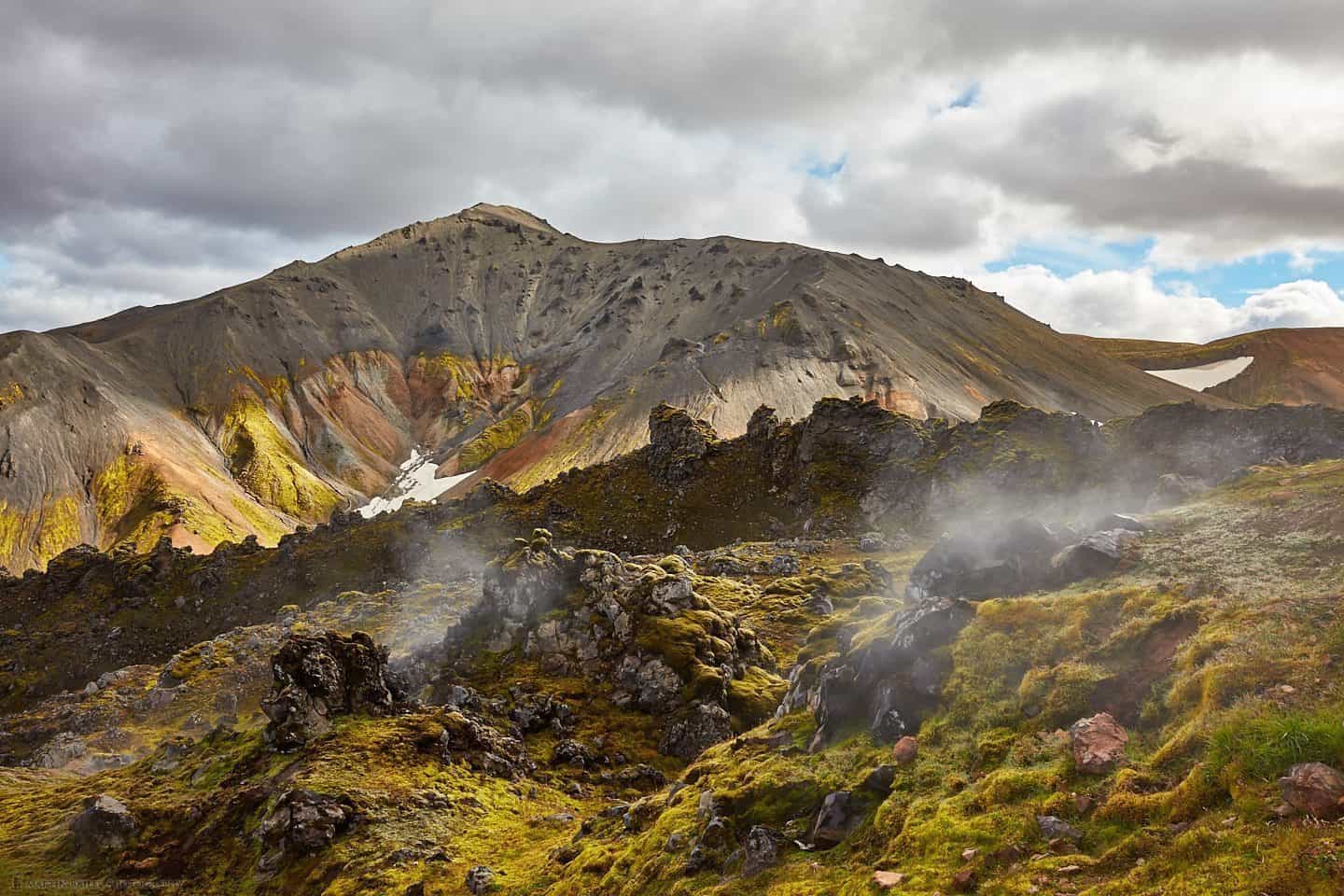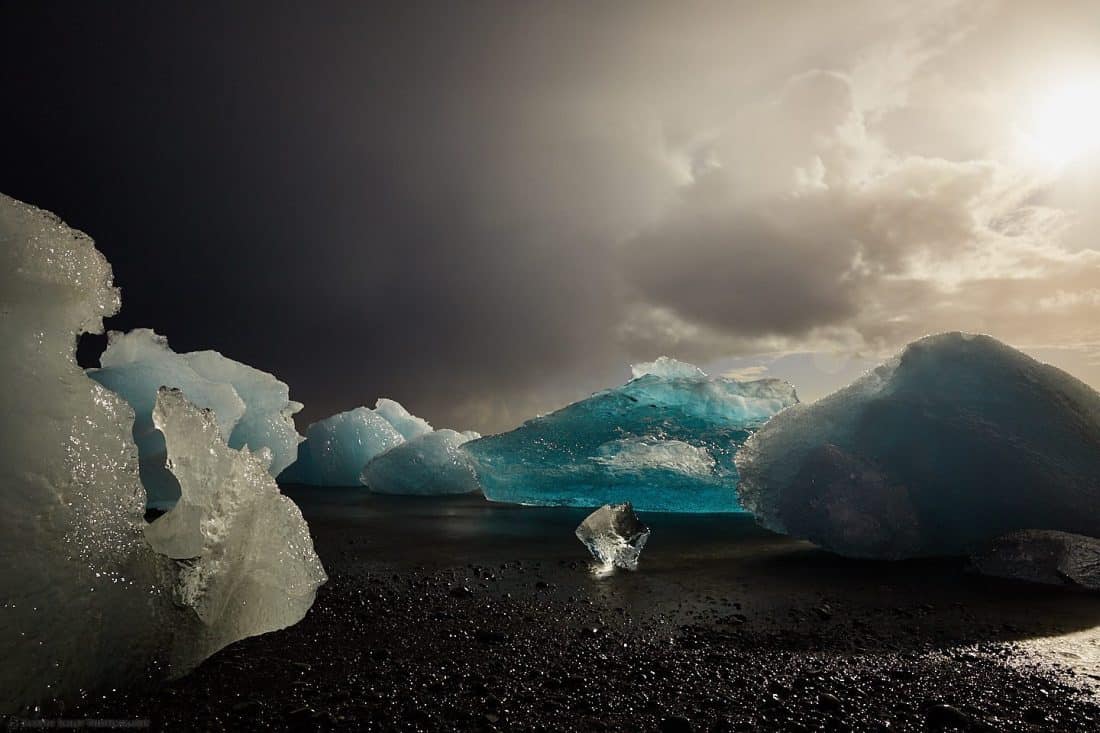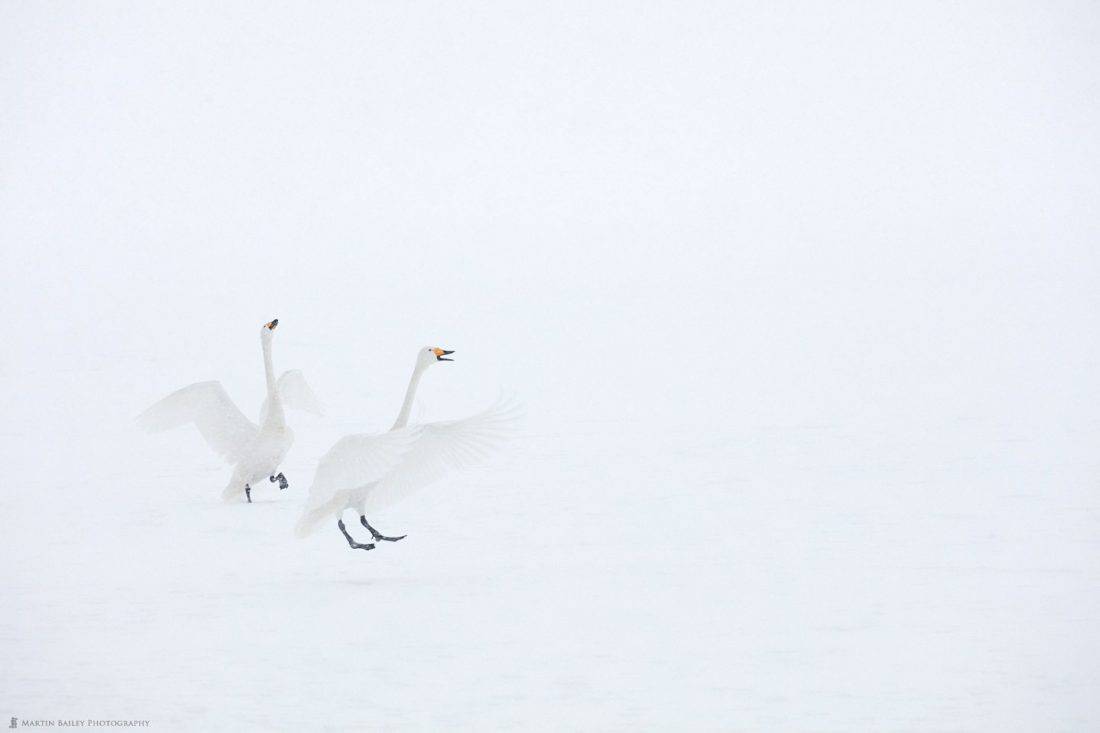Some people arrive at a location with preconceptions and their sole intent is to make their copy of other peoples’ photographs that they’ve already seen. Today I’m going to discuss how and why I believe we should avoid being a collector, and shoot from our own appreciation of any given scene or subject.
A while back I contributed to a post on the Shutterstock Web site, as part of my work with OFFSET, one of my stock image agencies, and I thought I’d start there, and expand on what I said. The post was about how to avoid clichés in our photography, and I started out by saying “If you fill your head with other peoples’ photos before you arrive, you spend your whole time trying to find their photos.”
I’ve mentioned this here a number of times over the years, but I thought I’d expand on this today. In the article I went on to say that I’m not sure that I do avoid clichés, but the reason for this is the same as the reason that I possibly sometimes do avoid them. Basically, although it is most likely either still photos or video of a location that provides the initial spark, the desire to visit any given location, once I’ve decided to go, I avoid looking at photography from the places I visit beforehand.
This isn’t specifically to avoid cliches, but I find that if you fill your head with other peoples’ photos before you arrive, you spend your whole time trying to find their photos, and this can paralyze your own creativity. You have to avoid planting these seeds to leave yourself fully open to your own creativity.
If the results end up new and fresh, that’s great. If the results end up cliché, it’s simply because I wasn’t aware of how other people had already photographed the location, and the classic shot was just too obvious to avoid, or maybe I’d subconsciously drawn from an old memory. I also sometimes get back from a place and someone shows me an iconic shot that I’d totally missed. That pangs, but it’s fine too, because my own creativity didn’t lead me to that particular angle or framing.
I’d much rather come home with images that are from me. From my own heart and know that my work is mine. I’ve seen people in the field looking for shots they’ve seen, and they are totally blinkered by their quest to find and collect their own copy of someone else’s image.
So, my advice here, is however you get to the point where you have decided to visit a place, don’t ruin your chances of making something totally your own, by spending hours on line looking at photos from that location. It will only paralyze your own creativity in the field.
Originality is a State of Mind
What this boils down to, is that we have to make a decision to make our work totally our own. This doesn’t necessarily mean that it’s going to be totally original on a universal scale. Even if we have consumed every image of a location that we can find, and then specifically avoided shooting all of them, the chances are, someone at some point has still shot something similar to your new photo.
I’ve come across people that equally paralyzed by trying too hard to avoid shooting images similar to those that others have shot. They study the hell out of a location they’ll visit, and then failing to find something new, come away with virtually nothing. I’d say this is worse than following my advice, and not looking at images to avoid planting visual seeds.
I’d like to propose that originality is a state of mind, rather than an absolute value that stands up to universal scrutiny. What I mean by this, is when I look at an image that I’ve shot, and know deep down that it was influenced by someone else’s work, I get a sinking feeling, the degree of which is directly linked to how much of that influence made it into the image.
When I make a photo that I can say in all honestly contains no specific external influence, my experience when I look at the image is much purer and special to me. I have a greater sense of pride when I look at these images after the shoot. The sense of accomplishment trumps anything that I can get from making a beautiful photograph that was influenced to some degree by the work of others.
These images are truly original to me, regardless of what else was photographed before me. That is really all that matters to me. I work first and foremost for myself, and any other similarity that I was not aware of is pretty much irrelevant.
What I’m Not Saying
I want to also make it clear that I am not saying we should not look at other peoples’ photographs. As I’ve also mentioned in the past, I believe that as we make our own images and decide on our composition and camera settings, we draw on a mental database of images.
For me, this often starts with my own previous work that I like, and also images that didn’t work out. If I fail to make an image of a place that really signs to me, I spend a lot of time trying to understand why I wasn’t able to make a better image.
The more I shoot, the better I become at recognizing when I’m falling short in the field, and correcting my mistakes while I’m still there. Occasionally though, I do still get home and feel that I failed to really do a scene or subject justice, so I spend the time to try and figure out why, and keep all of my failures in my database, along with my successes.
Of course, to widen our horizons, it is also very important that we learn from the work of others to add to our mental database of possibilities. Looking at the work of others, especially the masters upon whose shoulders we stand, provides us with almost endless possibilities.
It’s even OK I guess to try to emulate the work of the masters, as a learning experience, to develop your own sensibilities and technical skills, but once you’ve learned from that, we move on to draw from these images and experiences, and make work that is truly our own.
Your Trusted Critic
Another concept that I’d like to touch on, is the role of your Trusted Critic. This is also something I’ve mentioned a number of times in the past, but wanted to reiterate today. I’m not one for listening to every piece of criticism available. I don’t care what people that I don’t really know think of my images. It feels nice to get a pat on the back, but if someone tells me they don’t like an image, I generally shrug it off, unless I trust that person to some degree.
I think it’s important to have at least a few trusted critics, who we can turn to for honest feedback about our work. For me, my first port of call is usually my wife. Family can be tricky, if they have a tendency to only tell you nice things about your work, but my wife can be totally brutal, and that’s important.
I don’t have to listen to her, but quite often what she says is totally on the mark, and it really helps me to see what I’m doing wrong, and being aware of that is the first step in fixing any problem. So, as I build my database of dos and don’ts, I keep the advice of my trusted critics in mind as well.
The Photographer’s Ephemeris
This may leave you wondering how I do plan for a shoot in a location that I’ve never visited. I’m usually too busy to do much real planning, but there are a couple of things that I sometimes do before setting out, and one is to consult The Photographer’s Ephemeris. For many years TPE has been an invaluable aid to photographers planning trips.
Regardless of whether I want to photograph the sunrise and sunset, the time that the sun rises and sets are important to our photography, as is the angle and height of the sun in the sky at the time we expect to be in our location. It sometimes shows us that it would be better to arrive at a different time of day to optimize our opportunities at any given location.
Thinking about it, I’ve probably used TPE as much to find out where the moon will be as much as the sun. It’s very easy to get this information from a desktop computer, or with apps for iOS and Android devices.
Just checking The Photographer’s Ephemeris web site, I see that they have now partnered with Skyfire to bring sunrise and sunset color forecasts to the TPE iOS app. This is only available in the US and Canada, and they have a nice warning regarding this in the app if you try to add Skyfire outside of these locations, but I’m hoping that this service will spread, and one day be available around the world.
VelaClock
Another app I love, and have been using for many years, is VelaClock. I find myself opening VelaClock more than TPE when I just want quick information on Sunrise and Sunset times, as well as Moonrise and Moonset times, and the phases of the moon.
Needless to say, both apps have the ability to set a time in the future for planning purposes, and can also simply show details for your current location, if you are already there. I really like the fact that I can also see the azimuth of the sun and moon when they rise, so I can align elements of my scene accordingly in preparation for them appearing on the horizon.
Be a Creator Not a Collector
Anyway, enough about the apps, my main point for today, is to encourage you to resist the temptation to check out hordes of photographs of the locations you’ll visit or subjects you’ll shoot, at least for the last month or two before you go, if you have time before you actually go that is. Keep your mind free of fresh influences, so that you can be fully open to the opportunities you make for yourself in the field.
Of course, if you are going to spend a lot of money getting to a location, you will want to do your homework, and looking at photos is a great way to do that, but once you’ve decided you are going to visit somewhere, stop looking at photos. I know this can be scary, but how much satisfaction can you really gain from coming away with a handful of images that you copied from someone else?
Working from our own hearts is the way in which we finally start to build our own style as a photographer. I’d much rather come away with images that I know are “me” based on my own appreciation of what I saw in the field. If I miss something beautiful, or inadvertently make an image similar to someone else’s, so be it. But the satisfaction that I get from making an image that I know is truly mine, is much more satisfying than gathering copies of other peoples’ work.
Show Notes
The Photographer’s Ephemeris: http://photoephemeris.com
VelaClock: https://mbp.ac/velaclock

Subscribe in iTunes for Enhanced Podcasts delivered automatically to your computer.
Download this Podcast in MP3 format (Audio Only).
Download this Podcast in Enhanced Podcast M4A format. This requires Apple iTunes or Quicktime to view/listen.






Great post Martin, I really enjoyed it. I recently returned from a trip to Jordan, highlights of which can be seen here – http://www.stevenjamesmartin.com/Travel/Jordan. I have to admit that because I’d spent some time reading about Ken Kaminesky’s experience of Jordan here – http://blog.kenkaminesky.com/2011/06/20/petra-jordan-historic-world-wonder/ – I was heavily influenced by his photographs. This led me to want to get the same shots as he did, which is particularly true of the close up image of the Monastery in Petra looking upwards (image 29 counting downwards on my gallery) and the domed building in the Roman ruins in Amman (image 4 on gallery). Trying to recreate – or capture my own versions – of Ken’s shots became a preoccupation, which I realised afterwards was a waste of time and energy. On the other hand, my favourite images from the trip – particularly images 35, 38 and 42 counting down on my gallery – came from engaging my own creative brain and not trying merely to mimic or replicate the iconic images of another photography.
That’s great that you have a recent experience where you noticed this at work. And that you were able to override it for some of your photos.
Thanks for posting Steve!
I agree with you in being a creator. The first time I took an online mentorship, I learned real quick to not look at what others had done for the assignment. I felt less qualified and confused. It was not a good feeling. I decided to complete the task first and then checked out others creation. I was able to appreciate what I had accomplished as well as theirs. Thank you for your dedication in sharing with others your art.
I can certainly see how that situation is very similar Gloria. I imagine that there are also moments of self-doubt when you look at what others did, but you know that your own creation is yours, and there is a lot of satisfaction in that.
Thanks for taking the time to share your thoughts!
Interesting and thought provoking podcast Martin.
There are far too many times when the “professional photographer” gets confused with the ordinary photographer and this may be one of them.
Sure, if you take photos for a living, then yes you do want to do research, to get the best of your time and money but for the ordinary photographer, researching a location, I think, spoils the experience of actually being there in a foreign place and experiencing the sights for the first time and if one misses a shot or location then there is always the option to go back and do some more exploring.
I really don’t think Ansell Adams researched the Hell out of Yosemite before he went, he found the locations for himself, experienced the location and reacted to the location for himself and that’s what the ordinary photographer should be doing..
And in this age of a billion photos of everything, then there really is nothing new under the sun, there is no real originality, so just go with the flow and take photos for yourself and not for some other person.
Hi Squawking7000,
Thanks for the comment. If by ‘professional photographer’ getting confused, you mean me, then you have probably misunderstood a good part of the post, unless I’ve misunderstood your comment. What you say is pretty much what I’m saying. Don’t research the hell out of the locations you plan to visit. Leave yourself open to it and your own creativity.
If you have a different view, maybe you could take another stab at explaining it.
Cheers,
Martin.
Usually I take a lot of “standard” pictures. I call them my “documentary” photos as their purpose is only document my travel with no other intention. But I try to make some other ones, although it is difficult sometimes. It depends on how much time do I have, if it is my first travel to that place, how crowded is the place, etc. But now I am trying to involve people in many of my photos so it is easier to get something unique even if the take looks similar to other ones.
Hi Mauricio,
Thanks for the comment.
If the photography you are doing makes you happy, that’s fine. Originally is relative to what we know of the world. It’s also good that you have found a way to make your images unique.
Regards,
Martin.